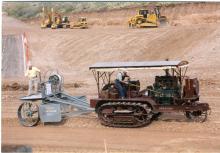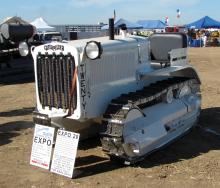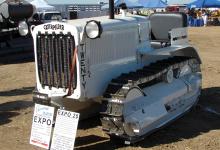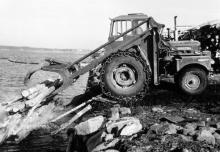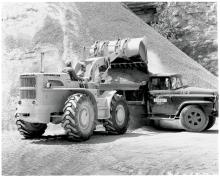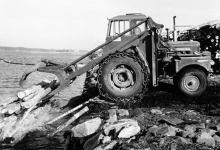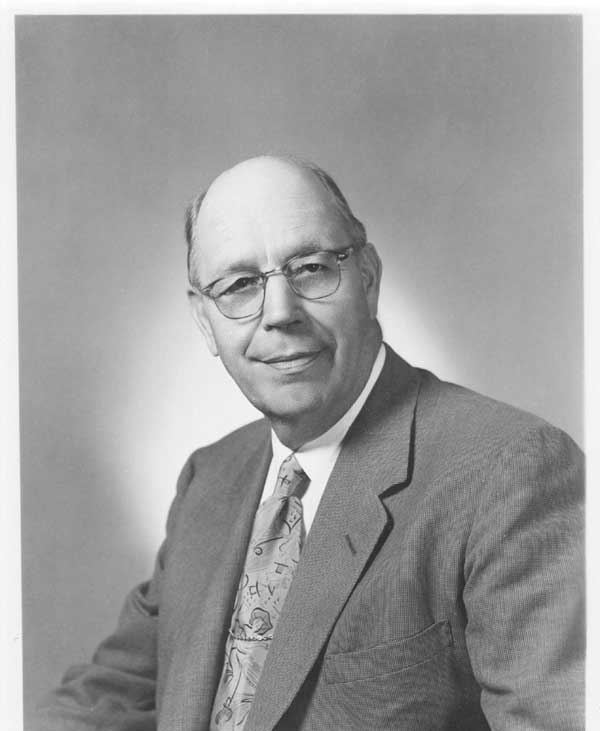
LeTourneau is a name that has become synonymous with the development of earthmoving equipment. ABE takes a look at the man behind the name
Working as an earthmoving contractor in the early 1920s led Robert Gilmore LeTourneau into a career of developing equipment for this application. Today, many quarries and earthmoving contractors still use equipment that can be traced back to the LeTourneau brand.
LeTourneau left school at the age of 14 in 1902 with little interest in education and over the next decade worked in various jobs including wood cutter, farm hand, miner, welder and carpenter's labourer. During this period he studied mechanics from an International Correspondence Schools (
US-born LeTourneau's first move into the engineering business came in 1911 when he joined the Superior Garage in Stockton, California, where he learned about vehicle mechanics and later became half-owner of the business. After being refused military service on medical grounds, he worked as a maintenance assistant at the Mare Island Navy Yard in California, where he was trained as an electrical machinist and improved his welding skills.
After the First World War, LeTourneau returned to Stockton where his garage business had failed, but he took a job repairing a Holt crawler tractor, and was then employed by the tractor owner to level 40 acres using the tractor and a towed scraper. This type of work appealed to LeTourneau and in 1920 he bought his own tractor, hired a scraper and set up his own earthmoving business.
In 1933 he moved from operating the equipment to manufacturing it and built his first manufacturing plant in Peoria, Illinois in 1935 and others followed over the next decade.
LeTourneau is widely credited with invention and development of many types of earthmoving machines that are in wide use today. Many believe that he designed and built machines using technology that was years, and sometimes decades, ahead of his time, and became recognised worldwide as a leader in the development and manufacture of heavy equipment. LeTourneau also pioneered numerous manufacturing processes and the development of specialised machine tools.
Some of the innovations credited to LeTourneau include the use of rubber tyres in earthmoving, numerous improvements relating to scrapers and the development of low pressure heavy-duty rubber tyres, among others.
Although LeTourneau wasn't inspired by academic learning in his younger years, he became a firm believer in the effectiveness of practical instruction combined with classroom studies. So in 1946 he established the LeTourneau Technical Institute to provide sound technical and mechanical training in Longview, Texas. The institute became a college in its own right in 1961 and eventually gained university status to become LeTourneau University, which still offers liberal arts and engineering courses today.
LeTourneau sold his earthmoving equipment line to Westinghouse Air Brake Company in 1953 to focus on development of the electric wheel drive concept. Following research and development of this concept, LeTourneau re-entered the earthmoving market in 1958 - at the age of 70 - with machines based on his new system.
In 1965, the ICS presented LeTourneau with his diploma some 50 years after he studied the course and is reported to have said, "So now I've got a diploma. Now I'm educated." Although LeTourneau retired in 1966 when he handed over control of his business to his son Richard, he still continued to spend time at the drawing board working on new designs. However, he died in March 1969 after suffering a severe stroke.
Even more than 40 years after his death, LeTourneau is still sometimes referred to as the 'Dean of Earthmoving' and few individuals can be credited with making such an impact on earthmoving equipment design as he did.

